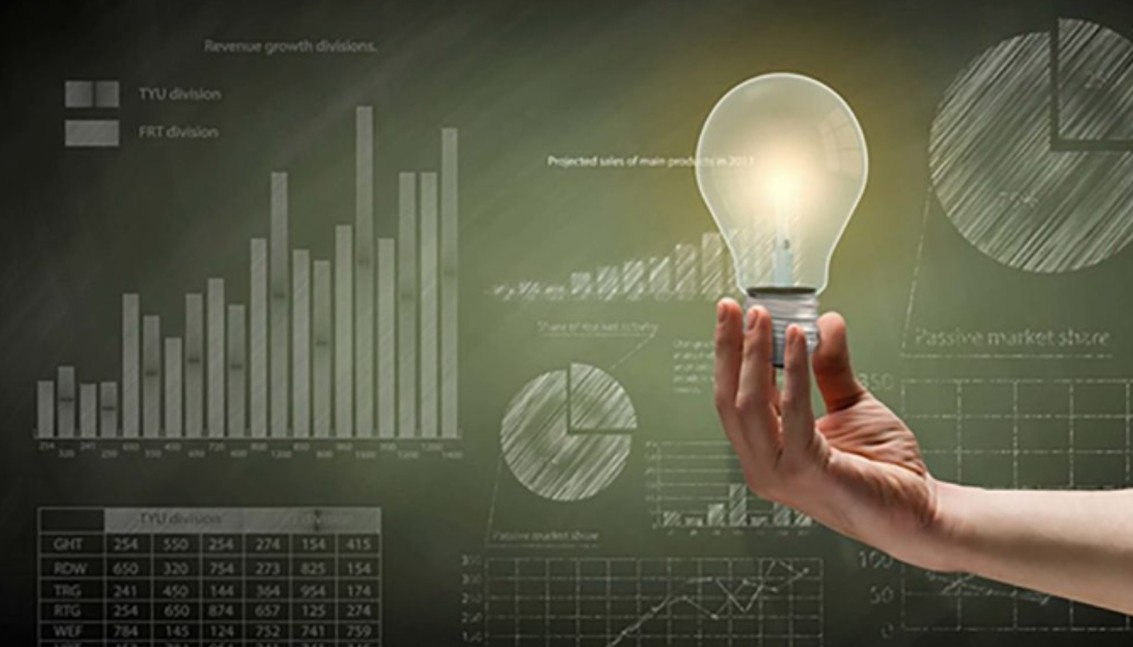NEWS
Taking Control of Your Energy Consumption: A Guide to Energy Management Systems

Adopting energy efficiency and sustainability techniques is important to understand better how to manage energy consumption effectively. Energy management systems (EMS) play an important role in helping organisations and businesses monitor, control, and optimise their energy consumption.
Hence, if you are looking to lower costs, reduce environmental impact, or comply with regulations, implementing an effective energy management system can make a significant difference. In this article, you will learn how to incorporate an energy management system to control your energy consumption.
What are Energy Management Systems?
Energy management systems (EMS) are specially designed to monitor, control, and optimise energy performance across various applications. Whether in industrial settings, commercial buildings, or residential complexes, EMS plays a crucial role in ensuring energy consumption and sustainability.
Here’s how Energy management systems work:
- Monitoring: EMS collects real-time data on energy consumption from various sources such as meters, sensors, and smart devices.
- Analysis: It analyses the collected data to identify patterns, inefficiencies, and areas for improvement.
- Control: Through automated controls or manual intervention, EMS adjusts energy usage based on real-time insights and predefined parameters.
- Optimisation: By fine-tuning energy efficiency patterns, EMS helps reduce waste and optimise consumption over time.
The Concept Behind Energy Management Systems
There are a few theories or concepts related to energy consumption systems, and those are:
- Energy Conservation Theory: EMS works on the principle of conserving energy through proactive monitoring and optimisation.
- Behavioural Theory: It can promote your business to adopt energy-efficient practices, feedback, and incentives incorporated in EMS.
- Systems Theory: By observing energy consumption as a part of a larger system where inputs (energy sources) and outputs (usage patterns) are dynamically managed.
Advantages of Implementing Energy Management Systems
By incorporating energy management systems in your organisation, you can benefit such as:
- Saving Costs: By identifying and removing energy waste, the EMS can significantly reduce utility bills and operational costs.
- Operational Efficiency: Optimising energy usage improves overall operational efficiency and reliability.
- Predictive Maintenence: Early identification of equipment issues through EMS helps in preventing costly breakdowns and downtime.
- Environmental Impact: Reducing energy consumption lowers carbon footprints and supports sustainability goals.
Advanced Concepts in Energy Management Systems
There are certain advanced levels of key concepts that are also a part of energy management systems that are:
- Demand Response: This includes adjusting energy usage in response to supply conditions, such as peak hours. EMS can lower energy efficiency to avoid higher costs and train on the grid.
- Renewable Energy Integration: EMS can manage and optimise the use of renewable energy sources, such as solar or wind power, ensuring that they are utilised efficiently alongside conventional energy sources.
- Load Shedding: A strategy where non-essential loads are temporarily lowered or turned off during peak demand hours to balance the load on the energy grid to avoid outages.
- Energy Storage Systems: Integration of batteries and other storage technologies with EMS to store the excess energy during low-demand times and use it during high-demand periods.
Implementation Strategies for Energy Management Systems
It is important to know how the implementation of energy management systems should be done:
- Conducting an Energy Audit: Begin by assessing your current energy consumption usage and identifying areas for improvement.
- Setting Clear Objectives: It is significant to define what you aim to achieve through EMNS, such as cost savings, sustainability targets, or operational efficiency.
- Choosing the Correct EMS: Select an EMS that suits your specific demands and incorporates well with your existing infrastructure.
- Training and Engagement: Ensure that all stakeholders are trained on how to use the EMS effectively and are engaged in energy management.
Ensure a Better Tomorrow with a Smart Energy Management System
By adopting a well-established energy management system, you can empower your business and control its energy efficiency while contributing to the environment. With the benefits outlined in this guide, you can make an innovative impact.
If you partner with a reputable brand, you will make further progress in your business. Their experience and resources will help you achieve the last of your longing energy.
Understanding and Implementing EMS will ensure your progress as well as will help in sustainable development.










